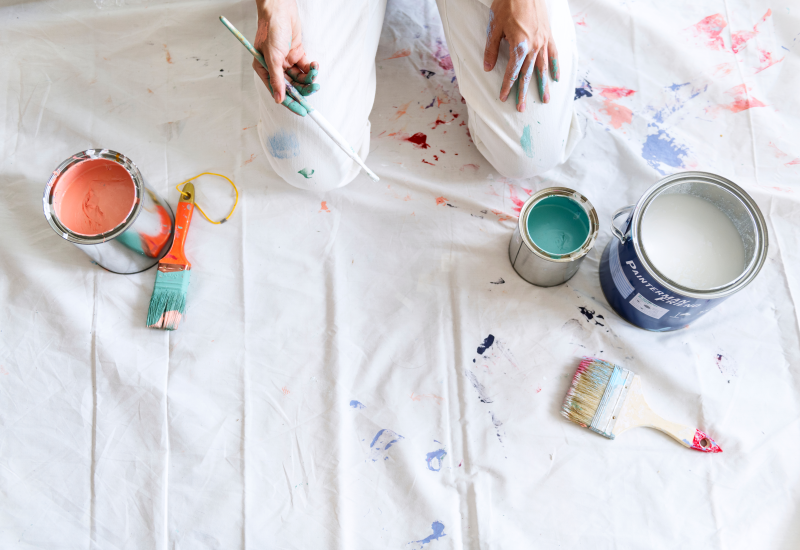 Sales of traditional solvent-based paints saw a 3% decline, whilst water-borne paints climbed 13% in 2018 - an upward trend Dulux Trade expects to continue
Sales of traditional solvent-based paints saw a 3% decline, whilst water-borne paints climbed 13% in 2018 - an upward trend Dulux Trade expects to continue
Dulux Trade has reported a significant shift in tradesmen’s buying behaviour, with sales of interior water-borne paint up 13% in 2018 vs 2017, against a 3% year-on-year decline in sales of traditional solvent-borne paints.
The surge in sales reflects the significant improvements to water-borne formulations that have been achieved by the research and development teams at manufacturers, including AkzoNobel, as they identify sustainable solutions that don’t compromise on the quality of the finish. There are also reportedly advantages of their use, with water-borne paints touch dry in a fraction of the time compared to solvent-borne paints, and recoatable in four to six hours, They are also lower odour, have little-to-no yellowing, and are easy to clean from used brushes and equipment, according to trade professionals at the Dulux Academy.
Dulux Trade lead Karen Wilkinson believes this trend is set to continue across the paint market: “The science and technology behind water-borne paints has come a long way in the last few years…Commercial specifiers and homeowners are becoming increasingly aware of the sustainable alternatives that are available to them when specifying for a project - this shift is going to continue and the trade needs to be ready.”
She adds: “We expect sales of water-borne paints to rise again over the next 12 months, as product innovation continues with new advances in formulation technology, and more and more specifiers and decorators become aware of the benefits, gaining the confidence to switch to water-borne for good.”
The shift in market is indicative of the increasing number of specifiers making a switch to specifying water-borne paints to comply with Green Building Standards, such as BREEAM, LEED and The Well Building Standard.
AkzoNobel commercial sustainability manager Duncan Lochhead commented: “Green regulations now require the use of water-borne paints rather than traditional solvent-borne alternatives for all wood and metal. Green Building Standards now have lower limits for VOC content of paint and emissions from paints, in effect prescribing the use of water-borne paints only. It’s a move we whole-heartedly support as it reflects the growing movement to reduce carbon and improve indoor air quality. As specifiers consider the overall environmental impact of the design and development of buildings they are working on and the well-being of building users, many are choosing to make a wholesale switch to water-borne paints across all surfaces.”